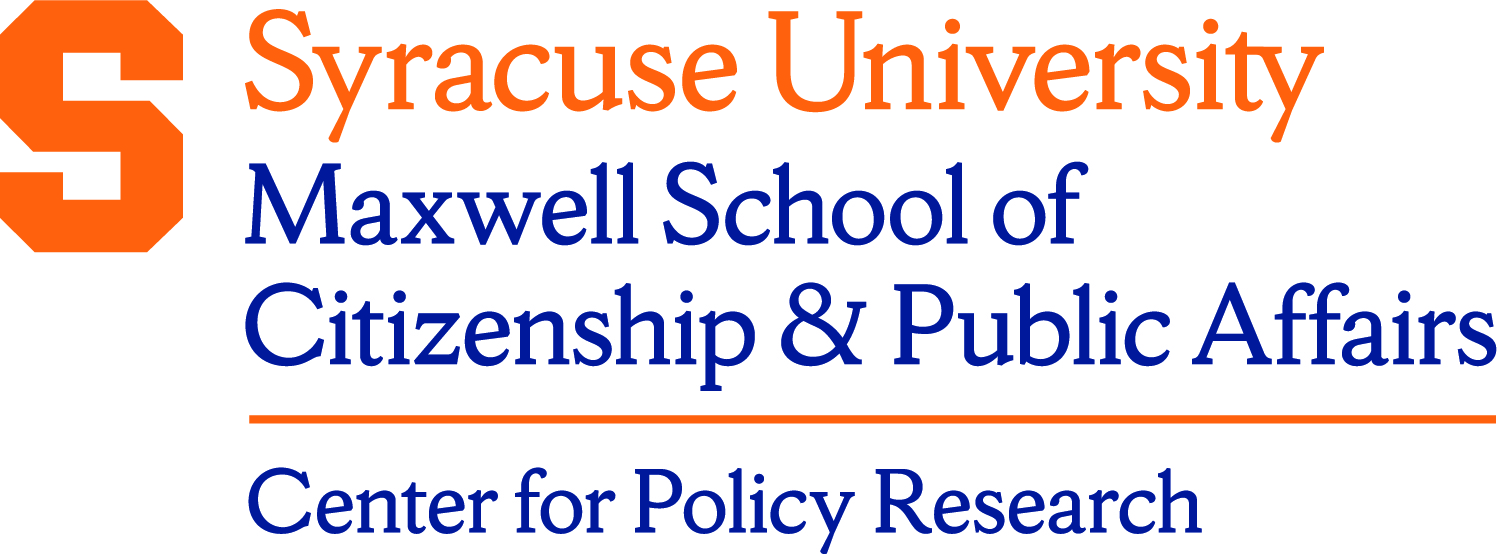Description/Abstract
The theoretical and empirical links between public health insurance access and fertility in the United States remain unclear. Utilizing a demographic cell-based estimation approach with panel data (1987-1997), we revisit the large-scale Medicaid expansions to pregnant women during the 1980s to estimate the heterogeneous impacts of public health insurance access on childbirth. While the decision to become a parent (i.e., the extensive margin) appears to be unaffected by increased access to Medicaid, we find that increased access to public health insurance positively influenced the number of high parity births (i.e., the intensive margin) for select groups of women. In particular, we find a robust, positive birth effect for unmarried women with a high school education, a result which is consistent across the two racial groups examined in our analysis: African American and white women. This result suggests that investigating effects along both the intensive and extensive margin is important for scholars who study the natalist effects of social welfare policies, and our evidence provides a more nuanced understanding of the influence of public health insurance on fertility.
Document Type
Working Paper
Date
Fall 8-2017
Keywords
Medicaid, Fertility, Parity, pregnant women, childbirth, public health insurance
Language
English
Series
Working Papers Series
Disciplines
Health Economics | Health Policy | Sociology | Women's Health
ISSN
1525-3066
Recommended Citation
Groves, Lincoln H.; Hamersma, Sarah; and Lopoo, Leonard M., "Pregnancy Medicaid Expansions and Fertility: Differentiating between the Intensive and Extensive Margins" (2017). Center for Policy Research. 238.
https://surface.syr.edu/cpr/238
Accessible PDF version
Source
Local input
Creative Commons License

This work is licensed under a Creative Commons Attribution 3.0 License.
Included in
Health Economics Commons, Health Policy Commons, Sociology Commons, Women's Health Commons




Additional Information
Working paper no. 206